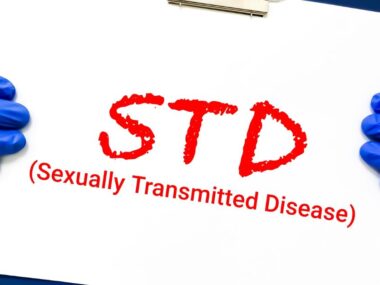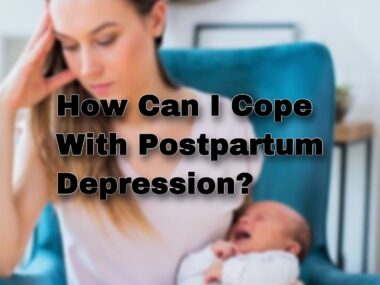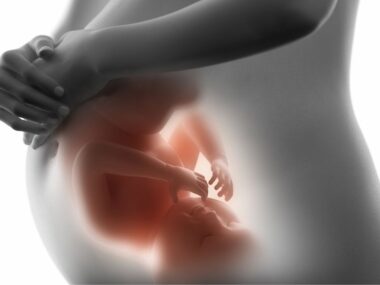What is Binge eating disorder
The difference between Bulimia Nervosa and Binge Eating Disorder (BED) has led to unending confusion. Below we will discuss their differences.
Binge Eating Disorder (BED): What is it?
The symptoms of BED are similar to those of Bulimia Nervosa. When it comes to the type and amount of food consumed, the individual may feel out of control.
However, unlike Bulimia Nervosa, no compensatory behavior is exhibited in response to overeating or bingeing episodes. Bulimia Nervosa features ‘purges’, which are not present in Bulimia Nervosa.
In the video below, Laura Lange explains what BED is and how it may affect those with BED.
Video courtesy of the Eating Recovery Center.
A list of symptoms and signs
Binge-eating episodes are associated with at least three of the following factors:
-
Feeling full to the point of discomfort
-
Consuming large quantities of food despite not feeling hungry
-
A noticeable increase in eating speed when compared to what is considered ‘normal’ by others
-
Having feelings of guilt over overeating that lead to eating alone
-
Following an episode of overeating, you might feel disgusted, depressed, or guilty
Supporting a loved one with symptoms
People with binge-eating disorders may become experts at hiding their behavior, making it harder to detect the problem. Have an open, honest discussion with your loved ones if you suspect they may be suffering from binge-eating disorder symptoms.
Ensure that you provide encouragement and support. Make an appointment with a medical care provider or mental health professional and offer to help your loved one find one. You might as well offer to accompany them.






